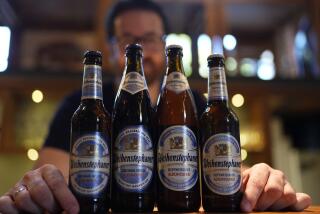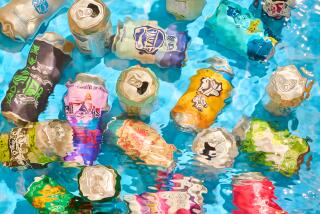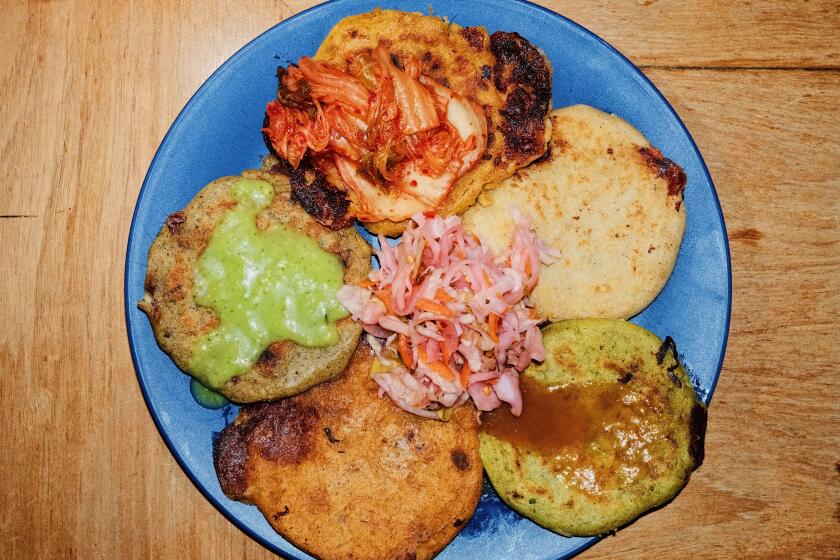It Began With Vacuum Distillation : How the Brewmaster Makes Non-Alcoholic Beer
There are three main methods by which most non-alcoholic beers are made, according to Joseph Owades, a brewing consultant and the head of the Center for Brewing Studies in Sonoma County.
One is to make beer traditionally and then to distill off the alcohol, he said. About 20 years ago, brewers would place real beer back into the copper kettle in which it was brewed and boil it. Carbon dioxide was then added to the brew.
A Decade-Old Process
Owades said that as volatile compounds were removed, the resulting brew “was really crummy, with a cooked taste.”
A decade ago, vacuum distillation was developed. The brew can be boiled at a lower temperature, about 140 degrees, lessening the cooked taste. However, the brew still lacks character, he said, so it is usual to add back as much as 10% real beer to the final product for taste. Alcohol remains below .5%, lower than orange juice.
He said Moussy, Kingsbury, Kaliber and Barbican, among others, are made by vacuum distillation.
He said a second method, growing in popularity, is called “arrested fermentation.” It is used by Firestone, Clausthaler, Warteck and others.
In this method, Owades said, a yeast strain is used that does not produce alcohol for the first six or eight hours of fermentation. During this lag time, the yeasts absorb oxygen from the unfermented mixture called the wort, Owades said.
“After it has absorbed all it can by removing wort-like components and grainy smells, the fermentation is stopped and carbon dioxide added,” producing a beverage that has beery elements, he said.
No Specifics
Firestone said his brewmaster, Hale Fletcher, uses a slightly different method than that described by Owades. He declined to be specific.
Owades said a third method uses a degenerate yeast strain that does not ferment maltose, only glucose. In wort that has only 1% glucose and 8% maltose, this retarded yeast produces a beer-like product with only .5% alcohol. Owades said this method does not produce good results and is used by very few producers, none of them well-regarded.
More to Read
Eat your way across L.A.
Get our weekly Tasting Notes newsletter for reviews, news and more.
You may occasionally receive promotional content from the Los Angeles Times.










